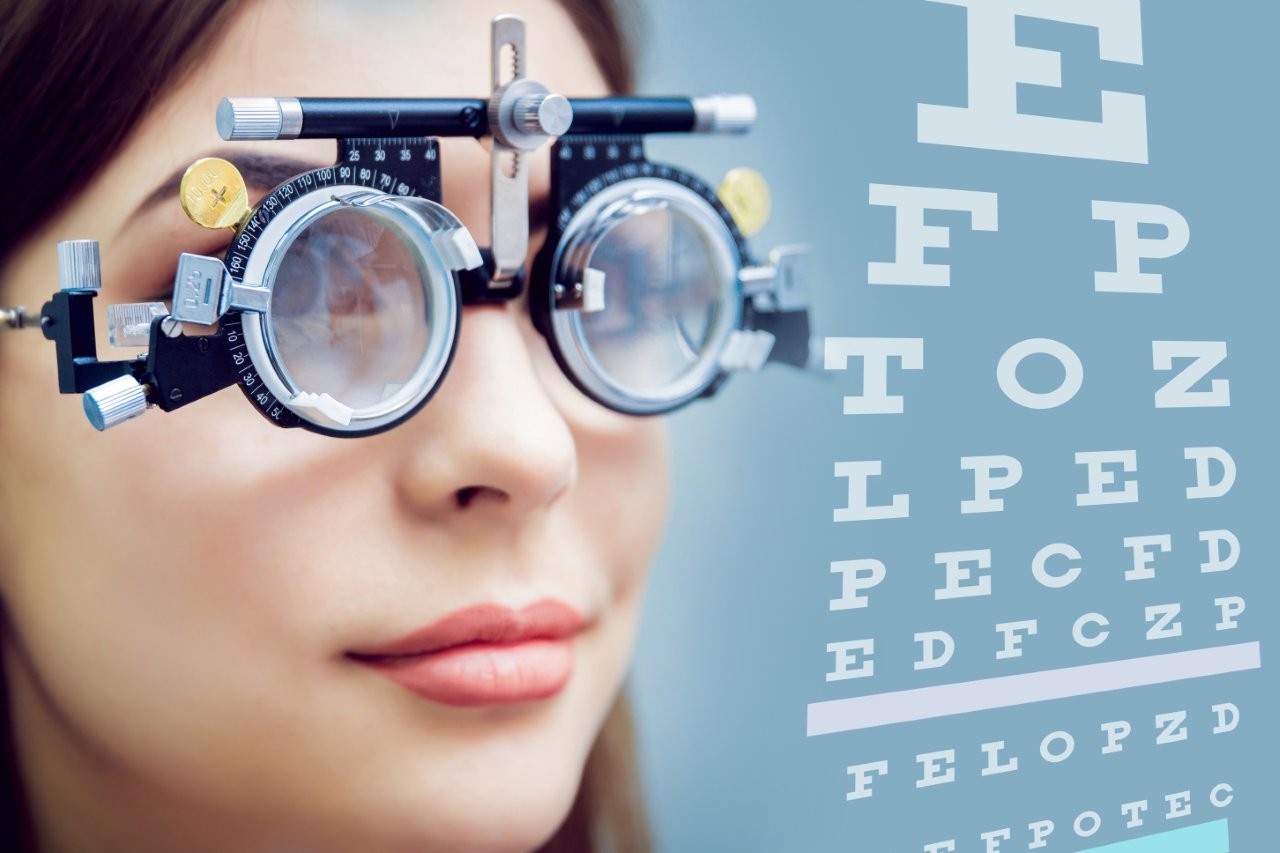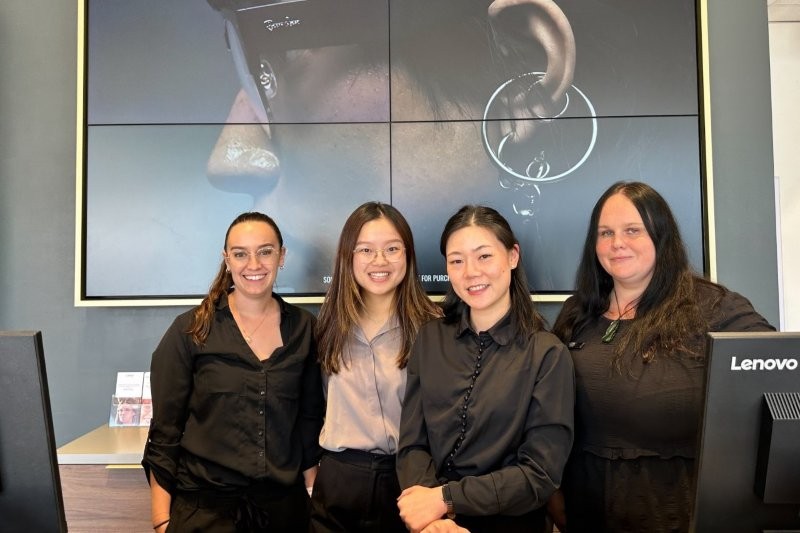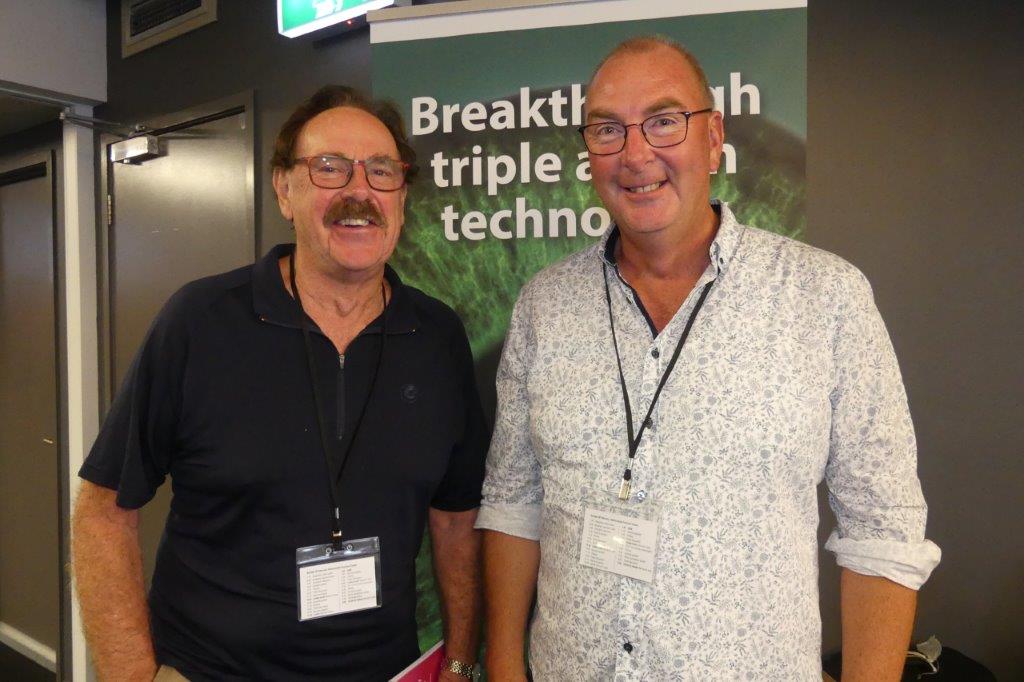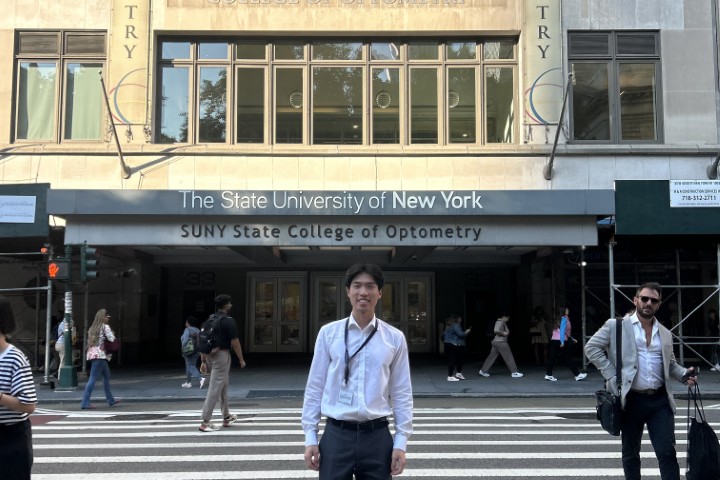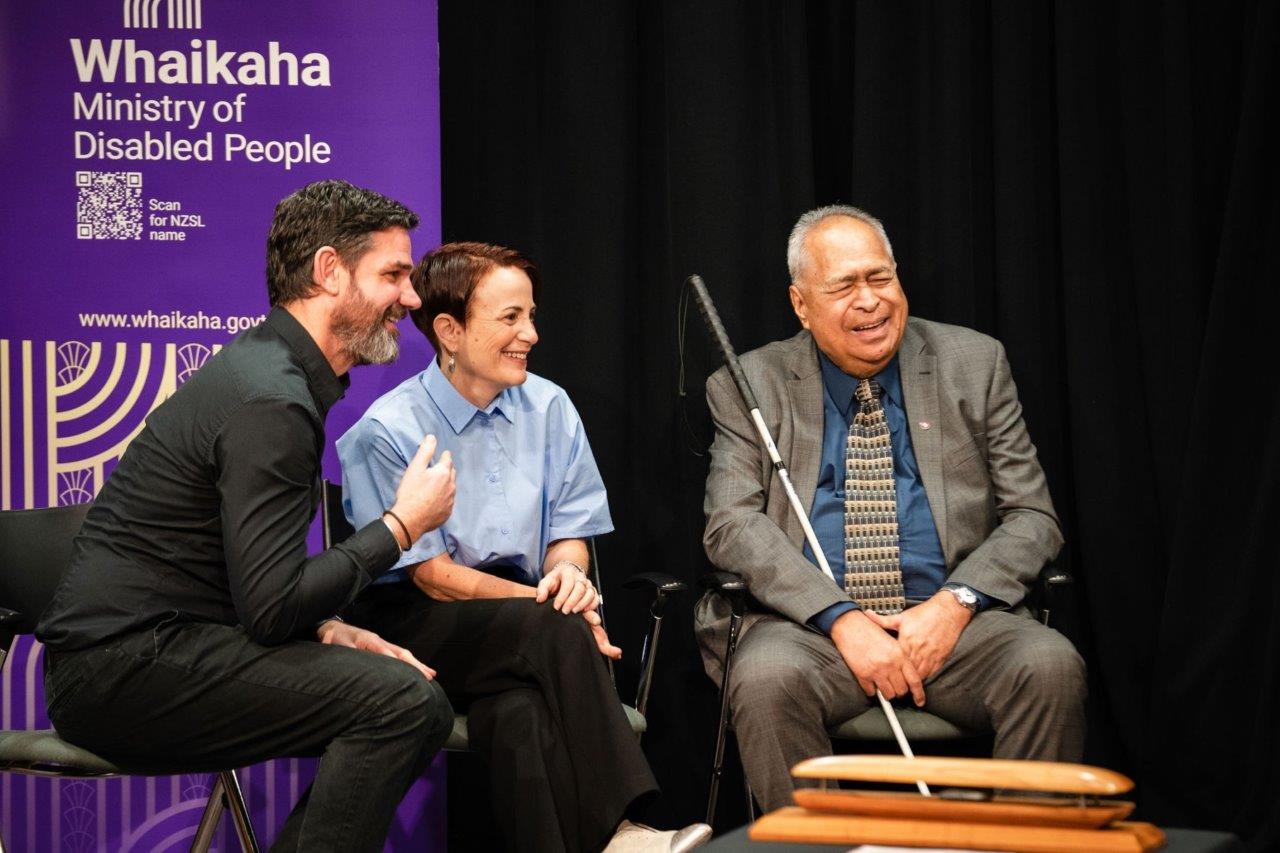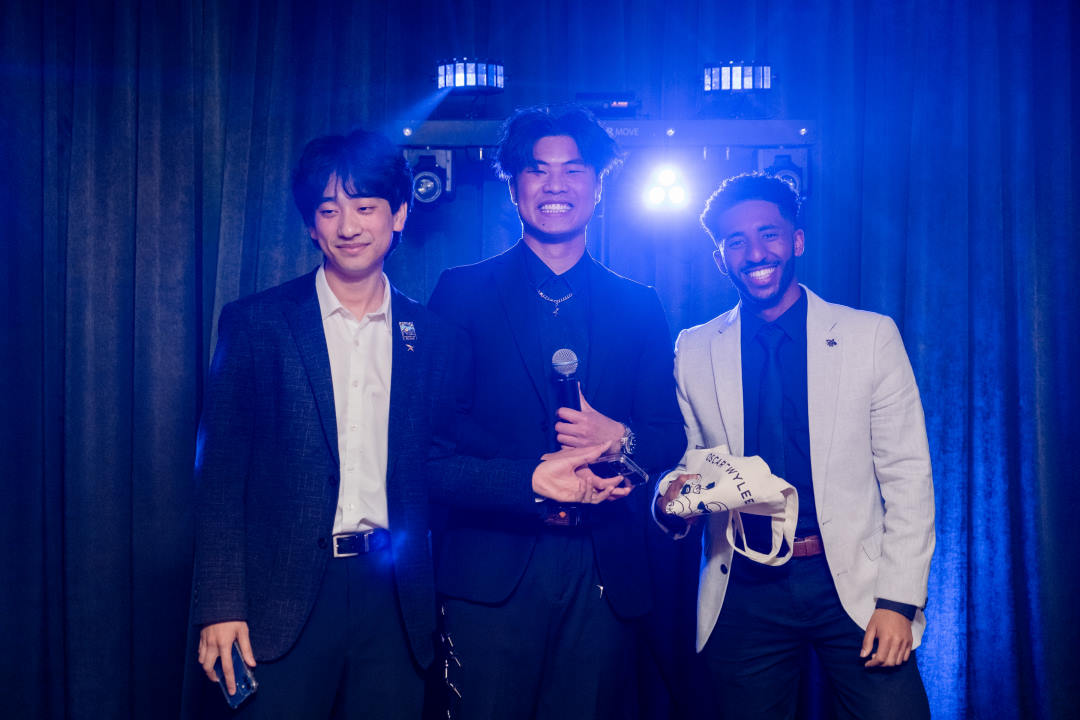Near work, myopia progression and Covid-19
Anecdotally myopia and near work have long been connected, with wearing glasses linked to lots of studying or a love of reading. Today, this has led to changing environmental factors garnering a lot more attention given the rapid increase in the prevalence of myopia, particularly in certain ethnic and professional groups, such as lawyers and medical students. Whilst the generalisation of glasses and being a bookworm is not always helpful or kind, the question around near work and myopia progression remains a valid one.
In the midst of today’s dramatically altered visual environments for children, given the introduction of devices into schools, the invention of tablets, smart phones and rise in gaming, as well as the ever-increasing push for academic achievement from a young age, this relationship is at the forefront of many eye care practitioners and concerned parents’ minds. The situation has been compounded further with the explosion of near visual work that occurred during the Covid-19 lockdown, when life moved virtual in a way never seen before, with everything from schooling to socialising to exercising occurring through a screen. Thus, the question about the impact of near work on myopia development and progression remains an important one needing more research for future patients and clear clinical explanations and advice for current patients.
Looking back
A large systematic review was published in the PLoS One journal in 2015 that quantified the effect of near work activities on myopia and its progression1. This review included 27 studies that were a mix of cross-sectional and longitudinal in design with the majority based in Asia1. Some, but not all, cross-sectional studies highlighted the phenomenon of increased near work being correlated with increased myopia in children1. It is important to note that correlation does not imply causation, therefore understanding the causative factors are important to appropriately advise patients.
The Sydney Myopia Study which assessed 2353 children aged 12 to 13 determined that a close working distance of less than 30cm and continuous reading (defined as longer than 30 minutes), resulted in a 2.5x increased risk of myopia2. Cohort studies revealed mixed results with increased near work not always associated with an increased risk of myopia onset or progression1.
Longitudinal studies are important to assess the potential impact over time of near-work habits. Six longitudinal studies included in the systematic review demonstrated a relationship between myopia progression and near work activities1.
Meta-analysis of a total of 10 with 384 participants (Fig 1) revealed a pooled odds ratio of 1:1.14 indicating that near work is weakly associated with myopia1. On average, children with myopia spent an extra two-thirds of an hour reading than their non-myopic counterparts, whilst there was no significant difference in time spent watching TV, playing video or computer games, or studying1. In other words, there appears to be a 2% increase in myopia for every extra dioptre-hour per week1. Therefore, although the association needs further investigation to understand the exact impact on an individual child, it appears that increased near-work activities are associated with myopia with increasing dioptre-hours of near work potentially increasing the prevalence of myopia.
Adding in the pandemic
The Covid-19 pandemic has led to a large increase of near work with more inside time, screen-based learning and near activities to fill the time. The impact of this may not be known for many months, but children with progressive myopia should be observed for change. This is particularly true for some countries which have had longer lockdowns than we have experienced here, in New Zealand. It is a reminder to encourage good visual behaviour around near work by taking regular breaks when performing extended near work and maintaining an appropriate working distance of at least elbow distance from near material.
Practitioners should also not forget the benefits of outside time to balance the impact of near work. More time spent outside, regardless of the amount of near work, is associated with lower myopia3. Therefore, encouraging time outside, even when individuals have a high near workload is protective against progression. Outside time is particularly challenging to achieve during the winter season, so extra planning and encouragement is often required. It is important to note that sport on its own is not protective, it is physical outside time and natural lighting which produces the positive impact on myopic progression3. Each extra hour per week of outdoor time is associated with a 2% reduction in the odds of developing myopia, so there appears to be a dose-response to outside time4. As practitioners, we should recommend the ‘more the merrier’ for outside time, with some studies indicating at least 14 hours per week as a cut-off point. However, further research is needed to clarify if this number is clinically applicable4.
Whilst the potential impact of the Covid-19 lockdown on myopia remains unknown, the importance of encouraging appropriate near-work visual hygiene, along with sufficient outdoor time should not be forgotten. The exact relationship between these environmental factors and progression requires further research for a deeper understanding of the complex environmental influence on myopia.
References
1. Huang H, Chang DS, Wu P. The association between near work activities and myopia in children a systematic review and meta-analysis. PloS one. 2015;10(10):e0140419.
2. Rose KA, Ip J, Robaei D, et al. Near work and outdoor activities and the prevalence of myopia in australian school students aged 12 to 13 years: The sydney myopia study. Invest Ophthalmol Vis Sci. 2006;47(13):5453.
3. Rose KA, Morgan IG, Ip J, et al. Outdoor activity reduces the prevalence of myopia in children. Ophthalmology. 2008;115(8):1279-1285.
4. Sherwin JC, Reacher MH, Keogh RH, Khawaja AP, Mackey DA, Foster PJ. The association between time spent outdoors and myopia in children and adolescents: a systematic review and meta-analysis. Ophthalmology. 2012;119(10):2141-2151. doi:10.1016/j.ophtha.2012.04.020
Dr Samantha Simkin is a therapeutically qualified optometrist working at Mortimer Hirst, a member of the BLENNZ National Assessment Team, a research fellow in the Department of Ophthalmology at the University of Auckland and a founding member of the NZMAG.











